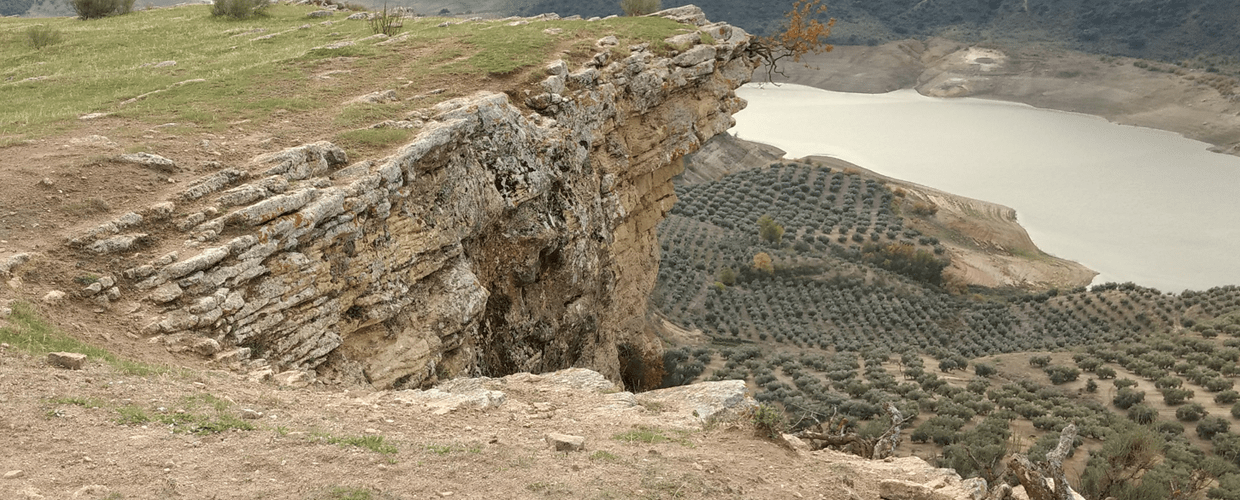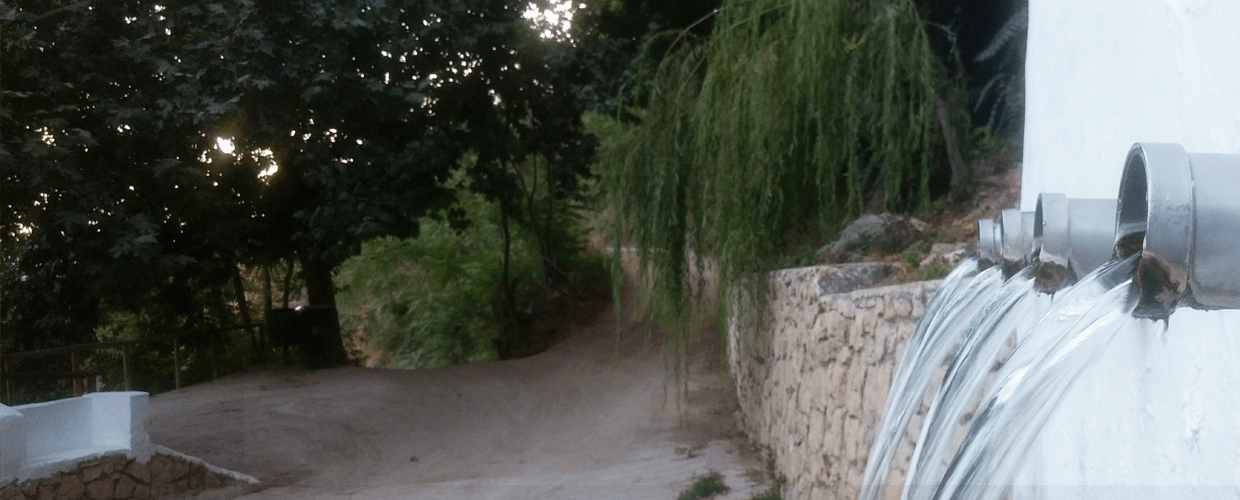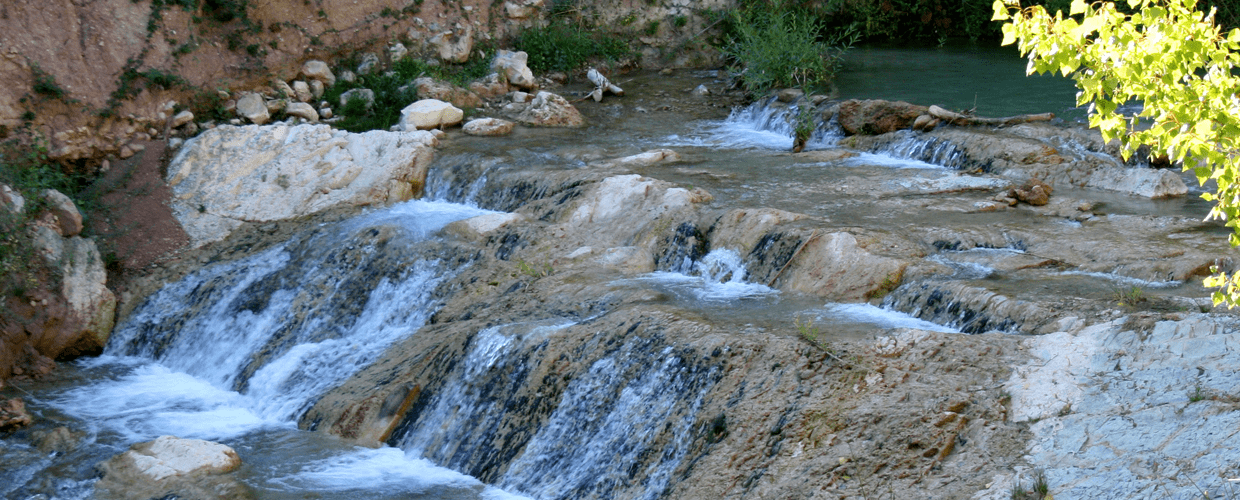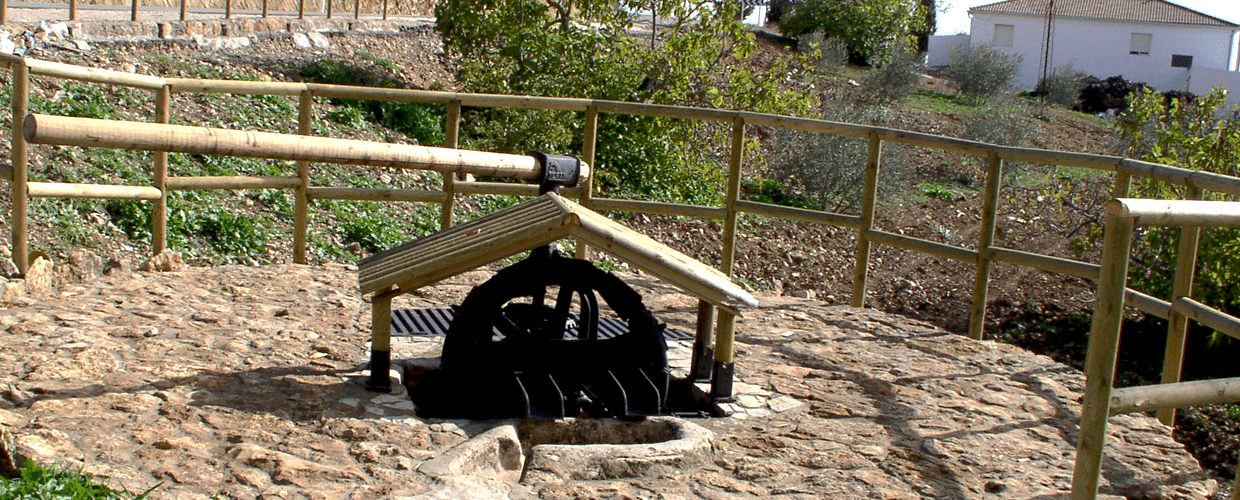Technical description

| Type of walk: | |
|---|---|
| Rural track and path towards the end of the walk | |
| Distance: | Difficulty: |
| 2.1 Km | Medium |
| Duration: | |
| Hiking (1h 30' - 2h) / Cycling (45') / Horse riding (1h) / Vehicle (20m) | |
| Restrictions: | |
| None | |
Intinerary Description
The route begins at the junction with the cattle drove of Loja in the area of “Chite” (Route of the shepherd). This path heads left towards “La Zarzuela”, which descends in the direction of “La Viña”.
After about 500m you will encounter the first crossing, here you turn right heading for “La Solana”, passing by traditional cortijos (farmhouses) nestled amongst olive groves and small woods of Holm oak.
The walk is now heading for the mountain range of “Sierra Tosquilla”, eventually ending at on old mining hamlet. From here there is a network of footpaths from the “Parque Cesna”. About 1km to the west is the River Pesquera.
The environment
Fundamental to this route is the “Sierra Tosquilla”, which passes behind the mountain range of “Chite” in a southerly direction. You will see large limestone outcrops at the summit together with other rocks such as clays and marls from the Triassic period. In spite of the exceptional geological interest it is poorly served by a decent water network, although you will find the occasional waterfall like the “Arroyo del Salto” a small affluent of the river Pesquera and the springs such as the “Fuentes de Cortijo Solana” (the fountains of the farmhouse Solana).
Perhaps more suited to this environment, than other trees, are the great Oak trees both Holm and gall oaks situated around and about the rural dwellings. There is also Mediterranean vegetation, particularly near to the start of the walk and to the north of the old mining town. The complexity of the habitat and the existence of tall trees allows for birds such as the shorttoed eagle and the common buzzard to be spotted, as they need tall trees to rest and for nesting. There are frequent sightings of the eagle owl towards the river Pesquera. In addition, there are large populations of other species, mainly the native red-legged partridge.
The culture
The mines that we see today have been there since medieval times. The mine was used to excavate iron and ochre used as a colorant. These activities were practiced around the sierras of the “Cortijo La Solana”, quarries and iron mines of the “Sierra Tosquilla”, the estate of “Cortijo Tosquilla”, “La Yesera” (plaster furnace), “Via Pecuaria” cattle drove, etc.
The mining zone of Sierra Tosquilla has well preserved architectural and industrial buildings, which remained in operation from the medieval time right up until the fifties. The mineral was controlled by the Tower of Pesquera for fiscal purposes and was transported via the river Guadalquivir to supply the furnaces of the medieval capital of Andalusia, Córdoba, for the making of various metallic goods.






